BY ABNER MIRANDA
Editor’s Note: This is a continuation from last weeks article titled, Perfect Practice Makes Perfect. Action Target has republished this article in its entirety with the permission of the author. Ideas, comments, practices, recommendations, etc. are the author’s own and do not necessarily represent those of Action Target.
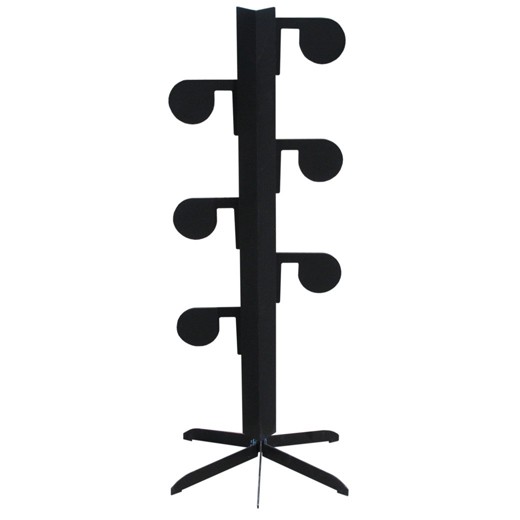 The Action Target Dueling Tree
The Action Target Dueling Tree is comprised of six individual 6” swinger plates that slam from one side to the other with each individual bullet strike. Of course one can use these targets in the conventional way of swinging the plates back and forth. Yawn! Why, for goodness sakes, would you squander your range time by just shooting when you could be training? If you spend a little time thinking about it, you can really ramp up the training regimen with these things. Here are just a few of the drills that I’ve come up with so far with just two dueling trees.
is comprised of six individual 6” swinger plates that slam from one side to the other with each individual bullet strike. Of course one can use these targets in the conventional way of swinging the plates back and forth. Yawn! Why, for goodness sakes, would you squander your range time by just shooting when you could be training? If you spend a little time thinking about it, you can really ramp up the training regimen with these things. Here are just a few of the drills that I’ve come up with so far with just two dueling trees.
First. You have a total of 12 swinging plates; those 12 plates give you a total of 24 individual, customizable targets to work with. And yes, you really should spend the money and get two of these—two is one, one is none. I’ll tell you why later on. By employing various color combinations you can take what is normally a simple target shooting session and turn it into a neuron-scathing race that usually leaves shooters out of breath and laughing pretty hard at the end. However, more than that, they will have made multiple Positive Instant Recognition (PIR) pathways that will stick in their minds. The most basic drill that can be done with this sort of thing is actually with just the factory flat black color that these come with. Once you have both trees set up, which only takes about ten minutes with a socket wrench, you can get started with the fun stuff. You stand the trees side by side then swing all of the plates to the inside of both trees. Next, you want to choose your comfort level as to just how close you want to stand when shooting on steel. Here’s my input on the subject: I have been shooting on steel for several years and have only been hit once when I was standing too far to the side of a student. Understand that when I say “hit,” it was more like being popped by a piece of flying gravel from a mower. Trust me, Airsoft pellets hurt far worse than this.
If you are shooting steel you should know that the mechanics of how the bullet dumps its energy is always going to be in a radial pattern. What this means is if you’re the shooter you’re fine, you will not get hit due to simple physics. However, if you’re the instructor, try standing behind the shooter and giving verbal commands from about a foot back, otherwise you might get stung. Most of the plates that Action Target makes have a slight downward face that deflects the impact energy down towards the ground. This allows you to shoot pistols very close and rifles from moderate distance. Please refer to the instructions that come with your targets and follow what they say as not doing so could result in harm to yourself and damage to your plates.
As you begin shooting the first drill with your dueling trees, you start at the lower left then move to the upper right, then upper left, then lower right, and so on until you have all of the plates turned to the outside. Essentially you’re making an “X” pattern over and over. Twelve shots later you are good and warmed up and you have just completed a more dynamic training exercise than any static paper target session could have ever afforded you. In doing this drill you have engaged multiple targets that required a large amount of swinging of your weapon so as to acquire sight picture for each. The idea here is to engage your target with follow through but not to dwell on it. In a very short time frame you will find that you will be hitting a target while your eyes are already locking onto the next plate. You want to keep moving one to the other as rapidly as possible. Because the dueling trees are so tall I like to do this drill from the 5-yard line with my pistol and from about the 10-yard line with my rifle. I’m 6’4” and I find these trees to be high enough that I’m not shooting down all the time. By staying in close, it forces me to have to really move my sights and body around for each shot.
If you really want to pour on the pressure you can do things like painting each plate a different color on either side. You can repeat colors if need be, just don’t repeat them in the same 12 plate set/side. Next you need to make small discs of wood (available at hobby stores) that have the same exact color combinations as your plates. For example, if you paint a plate blue on one side and green on the other you will need to have a disk with the same color scheme. Do this for all 12 plates then have your range buddy (never shoot alone) set the row of 12 discs out in front of you on your range table with a towel covering them. When your buddy says, “go” they start a timer, you then uncover the discs and whatever color combo is in front of you dictates the order you must shoot in, (from left to right). The problem is that the dueling trees are not left to right, or horizontal to put it simply. They are vertical, and to add insult to injury, your “buddy” has done a superb job of making sure that the discs are staggered so that no two colors are beside the other on the actual dueling tree…don’t you just love it? But wait, there’s more!
While you’re busy taking out plates, you’re uncovering even more colors which are muddying up your concentration so not only do you have to pay attention to the color orders, you also have to pay attention that you’re not re-shooting the same color that is on the other side of a plate. So, now you have to not only look for colors but you have to make sure that they don’t already have a bullet hit on them. Oh trust me, this game gets worse! Now that you have all of your plates flipped over, you holster your pistol, reach down and flip all of the color plates over and, that’s right, you do it all over again.
Meanwhile it is your buddy’s job to be trash talking you the whole time and vice-versa. And yes this is a requirement on my range. I want my shooters talking because I want to split their attention as much as possible so that their brains learn how to run their guns on autopilot. I don’t want rounds being counted because I want you to have to reload at least once, hence the need for two dueling trees. At a total of 24 plates in this drill even an FN 5-Seven will need a reload. If you’re doing this with a rifle it is your buddy’s sworn duty to download your magazines to only about 15 rounds each. Twelve rounds would be too obvious, now wouldn’t it? No, boys and girls, I want you well into your next course of 12 plates when your gun runs dry. I love it!
At the end of this drill you will be wasted, and remember, the clock is running so no dawdling. The time element is crucial because without it you won’t feel the urgency of performance that is so needed to properly motivate you to perform at your best. To not run a timer would be like basketball not having a shot clock…sacrilege!
This write up is just the tip of the iceberg for what I have in store for you. In upcoming issues I’m going to show you some truly creative ways to rethink the use of your steel targets. There are so many more drills that are possible with these highly versatile reactive targets that there isn’t room in this review to show them all to you. Besides, I need to keep you hooked. Until then, practice hard.
About the Author
Abner Miranda is a patrol officer at Signal Mountain (Tenn.) Police Department. He is an FBI-trained hostage negotiator, a tactical rifle instructor and an AR-15 armorer.
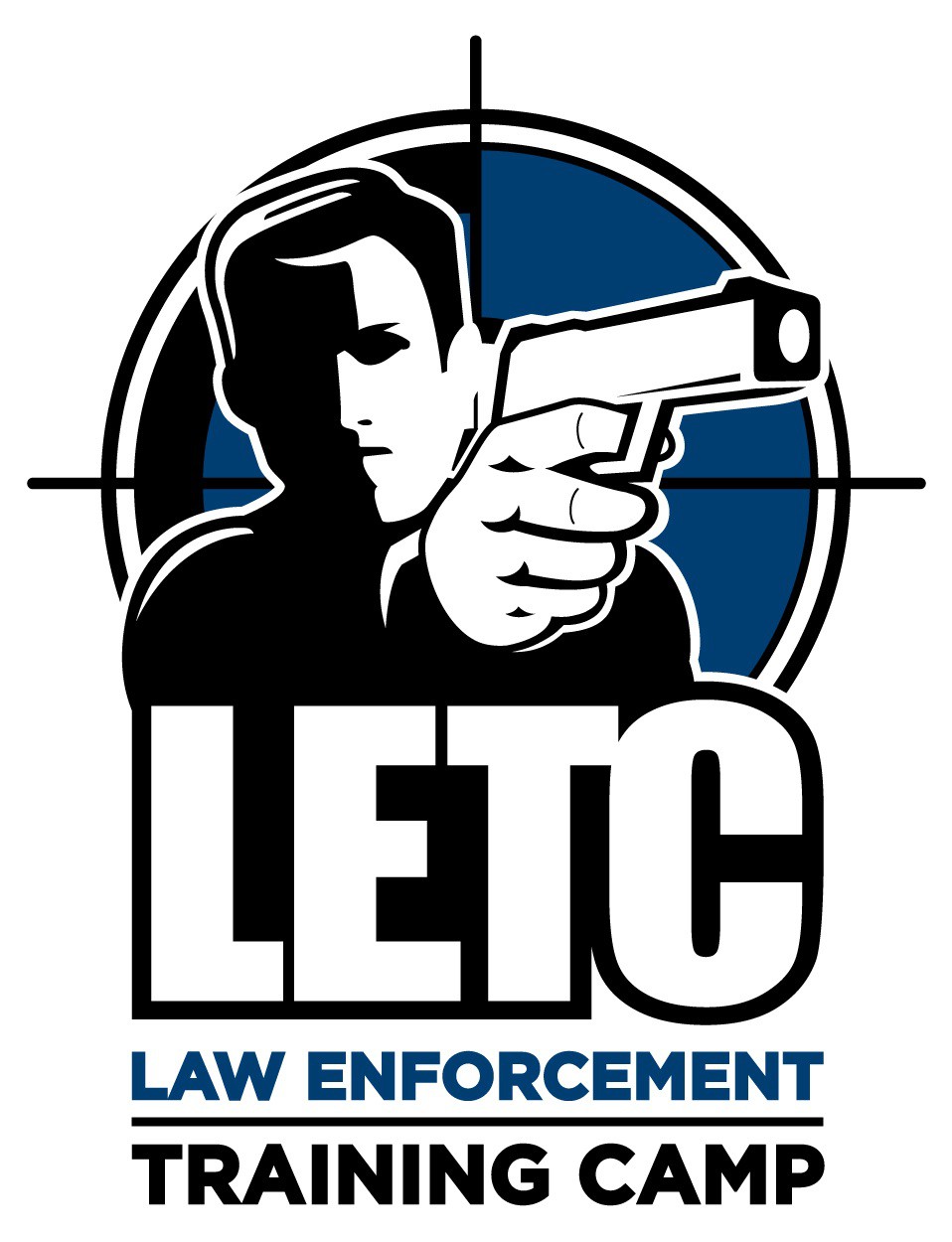 This year’s LETC will be held September 10-14, 2012 in Utah County, UT. Classes and activities will be split between Action Target headquarters in Provo, UT, and the Utah County Sheriff’s Office Thistle Firing Range which is located a short drive up the canyon in Thistle, UT.
This year’s LETC will be held September 10-14, 2012 in Utah County, UT. Classes and activities will be split between Action Target headquarters in Provo, UT, and the Utah County Sheriff’s Office Thistle Firing Range which is located a short drive up the canyon in Thistle, UT.






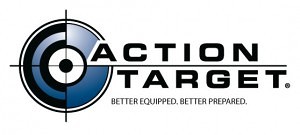 PROVO, Utah— In today’s hard-hit economy, two local Utah businessmen have been named finalists of the 2012 Ernst and Young Entrepreneur of the Year Award.
PROVO, Utah— In today’s hard-hit economy, two local Utah businessmen have been named finalists of the 2012 Ernst and Young Entrepreneur of the Year Award.
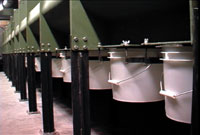 Time is money. The more time the range is shut down for service, the less money the range is making. In other words, each time a range has to shut down should be viewed as a potential loss of revenue. A range using a conveyor belt doesn’t have to shut down in order to service the trap because the conveyor is constantly collecting the fired rounds. When the range does shuts down for general maintenance, the workers don’t have to deal with clearing buckets and can better spend their time elsewhere.
Time is money. The more time the range is shut down for service, the less money the range is making. In other words, each time a range has to shut down should be viewed as a potential loss of revenue. A range using a conveyor belt doesn’t have to shut down in order to service the trap because the conveyor is constantly collecting the fired rounds. When the range does shuts down for general maintenance, the workers don’t have to deal with clearing buckets and can better spend their time elsewhere.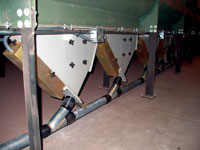 Contrarily, a
Contrarily, a 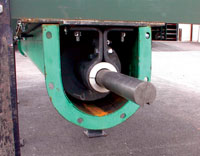 A final reason why the conveyor system is recommended in Total Containment Traps is safety. If a canister is allowed to overfill, the rounds will remain in the bullet trap and can potentially cause ricochet and/or clogging. Barrels can become filled with lead in as little as two weeks. The more the lead piles up, the bigger the safety issue. Range safety is critical and the screw conveyor system is the best choice for optimal safety.
A final reason why the conveyor system is recommended in Total Containment Traps is safety. If a canister is allowed to overfill, the rounds will remain in the bullet trap and can potentially cause ricochet and/or clogging. Barrels can become filled with lead in as little as two weeks. The more the lead piles up, the bigger the safety issue. Range safety is critical and the screw conveyor system is the best choice for optimal safety.![Dueling Tree (front) [web]](https://www.actiontarget.com/wp-content/uploads/2012/04/Dueling-Tree-front-web-300x300.jpg)
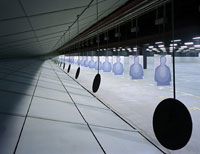 The Total Containment Trap is the dominant industry standard for modern, heavy-duty, steel bullet traps. It is the superior choice for ranges where safety, reliability, simple maintenance, and ease of use are top priorities. The TCT can be used both indoors and outdoors in all types of
The Total Containment Trap is the dominant industry standard for modern, heavy-duty, steel bullet traps. It is the superior choice for ranges where safety, reliability, simple maintenance, and ease of use are top priorities. The TCT can be used both indoors and outdoors in all types of  Shooting on paper is a great way to sight-in rifles and score trainings, and is great for qualifications held by law enforcement agencies. Paper allows a shooter to see where shots land, illustrating how tight groups are. The
Shooting on paper is a great way to sight-in rifles and score trainings, and is great for qualifications held by law enforcement agencies. Paper allows a shooter to see where shots land, illustrating how tight groups are. The 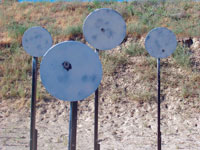 Just like in all athletic training, the body subconsciously remembers how to repeat or orchestrate all the different variables required for a successful movement, or in this case, shot. The ability that steel targets offer in regards to instantaneous feedback can actually enhance training, speed, and accuracy. This is especially important for tactical shooting scenarios with movement, such as moving plates and targets. Having multiple senses invoked during this training process conditions the shooter to become a more powerful and effective shooter.
Just like in all athletic training, the body subconsciously remembers how to repeat or orchestrate all the different variables required for a successful movement, or in this case, shot. The ability that steel targets offer in regards to instantaneous feedback can actually enhance training, speed, and accuracy. This is especially important for tactical shooting scenarios with movement, such as moving plates and targets. Having multiple senses invoked during this training process conditions the shooter to become a more powerful and effective shooter.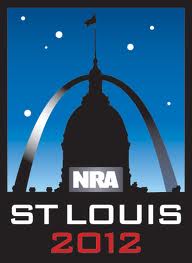 As one of the largest events among the firearms industry, all major firearms manufacturers will be in attendance. This convention provides attendees with more than 340,000 square feet of guns, gear, outfitting, and even ATV’s. The expected attendance is set at more than 70,000 with more than 40 opportunities for attendees to meet celebrities at different booths during the event.
As one of the largest events among the firearms industry, all major firearms manufacturers will be in attendance. This convention provides attendees with more than 340,000 square feet of guns, gear, outfitting, and even ATV’s. The expected attendance is set at more than 70,000 with more than 40 opportunities for attendees to meet celebrities at different booths during the event.